Sea Turtle – Introduction
Sea turtles are fascinating creatures that inhabit the world’s oceans, captivating our imagination with their graceful movements and ancient lineage. These incredible reptiles have managed to survive for over 100 million years, making them among the oldest living species on Earth. Sea turtles have a unique life cycle that begins on land, where they lay their eggs in sandy beaches.
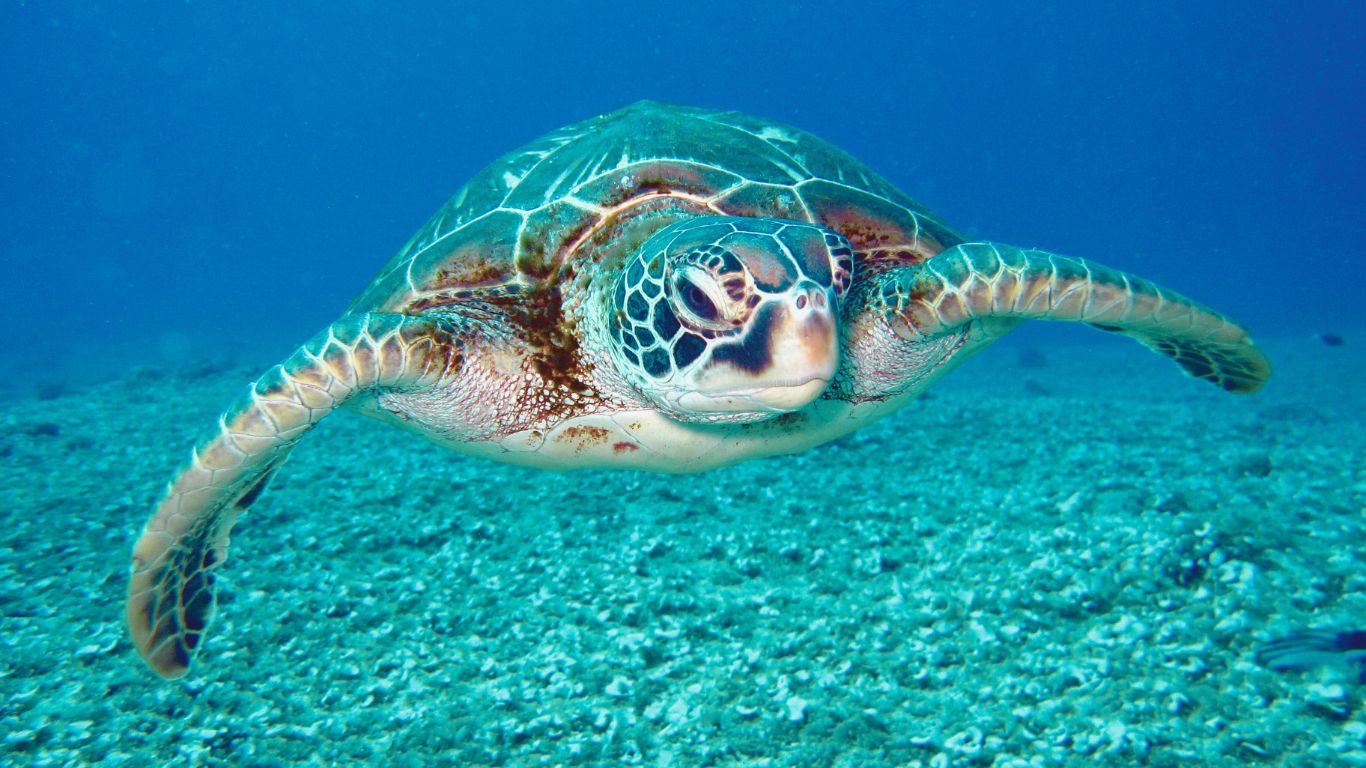
Once hatched, the tiny hatchlings make a perilous journey towards the ocean, evading predators and facing numerous challenges along the way. These remarkable creatures possess a strong navigational sense, enabling them to return to the same beaches where they were born to lay their own eggs. Sea turtles play a vital role in maintaining the health of marine ecosystems by controlling seagrass and jellyfish populations. However, they face numerous threats, including habitat destruction, pollution, climate change, and entanglement in fishing gear. Conservation efforts are crucial to ensure the survival of these gentle giants, as they symbolize the resilience and beauty of our oceans.
Life Cycle of Sea Turtles
1. Nesting and egg-laying on sandy beaches
A. Adult female sea turtles migrate to nesting beaches.
B. They dig a hole in the sand to lay their eggs.
C. The female lays multiple clutches of eggs during a nesting season.
D. Eggs are buried and left to incubate in the warm sand.
2. Hatching and the journey to the ocean
A. After an incubation period, hatchlings start to emerge from the eggs.
B. They use a special temporary tooth called a “caruncle” to break out of the eggshell.
C. Hatchlings instinctively move towards the brightest horizon, which is typically the ocean.
D. They navigate using natural cues like the slope of the beach and the reflection of the moon and stars on the water.
E. Hatchlings face various challenges during their journey, including predators and artificial lighting on the beach.
3. Maturation and return to nesting beaches to lay eggs
A. After reaching the ocean, hatchlings enter a period of intense swimming and feeding.
B. They spend several years in open waters, drifting with ocean currents and growing in size.
C. As they mature, sea turtles return to the coastal areas where they were born.
D. Adult sea turtles engage in courtship and mating activities in these areas.
E. The female sea turtles then make their way to the nesting beaches to lay their own eggs, continuing the cycle.
The life cycle of sea turtles is a remarkable journey that involves nesting and egg-laying on sandy beaches, the hatching of the eggs, and the subsequent journey of hatchlings to the ocean. Once in the ocean, they undergo maturation, spending several years at sea before returning to their natal beaches as adults to reproduce and lay their own eggs. This cycle demonstrates the incredible instincts and adaptations of sea turtles, as they navigate vast distances, face various challenges, and contribute to the continuation of their species.
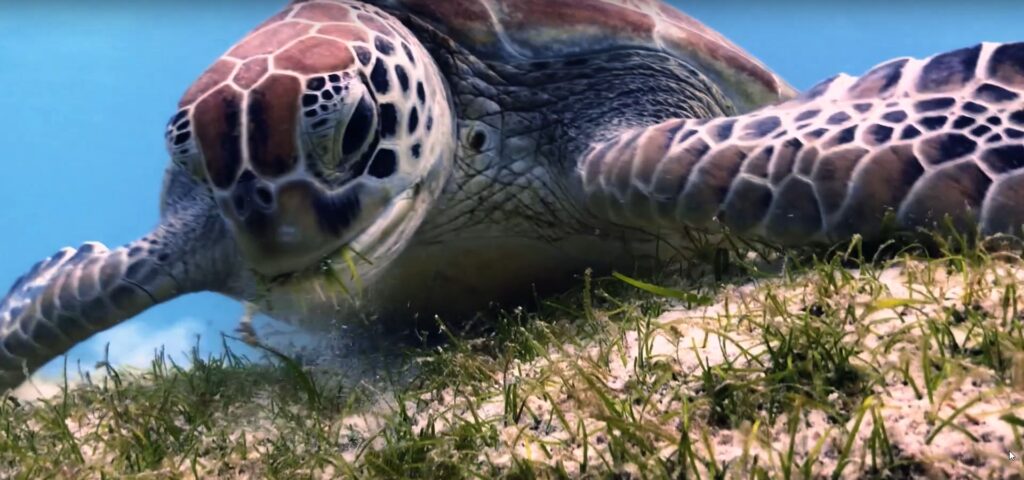
Unique Characteristics and Adaptations
1. Physical features and anatomy
A. Sea turtles have a streamlined body shape with a protective shell called a carapace.
B. Their limbs are modified into flippers for efficient swimming in the water.
C. The carapace is composed of a hard upper shell and a lower shell, providing protection and support.
D. Sea turtles have a beak-like mouth and powerful jaws adapted for their specific feeding habits.
E. They have large, sensitive eyes that allow them to see well both underwater and on land.
A. Sea turtles possess a remarkable sense of navigation and are known to undertake long-distance migrations.
B. They use a combination of visual cues, magnetic fields, and the Earth’s geomagnetic field to navigate during their journeys.
C. Some species of sea turtles can travel thousands of kilometers to reach their nesting or feeding grounds.
D. They have the ability to return to the same nesting beach where they were born, known as natal homing.
Feeding habits and diet
A. Sea turtles exhibit a variety of feeding habits depending on their species.
B. Some species, like the green sea turtle, are herbivorous and primarily feed on seagrasses and algae.
C. Others, such as the loggerhead and hawksbill turtles, have a more diverse diet and consume sponges, jellyfish, and other invertebrates.
D. Leatherback turtles have a unique feeding adaptation with specialized jaws and a diet mainly consisting of jellyfish.
E. Sea turtles play an important role in maintaining the health of marine ecosystems by controlling the populations of their prey species.
The unique characteristics and adaptations of sea turtles contribute to their survival and success in their marine environment. Their physical features, such as their streamlined bodies and flippers, enable efficient swimming, while their protective shell provides defense against predators. Their remarkable navigational abilities allow them to undertake impressive migrations and return to their natal beaches. Additionally, sea turtles have diverse feeding habits and diets, playing specific roles in the balance of marine ecosystems. These adaptations showcase the incredible resilience and adaptability of sea turtles as they navigate and thrive in the world’s oceans.
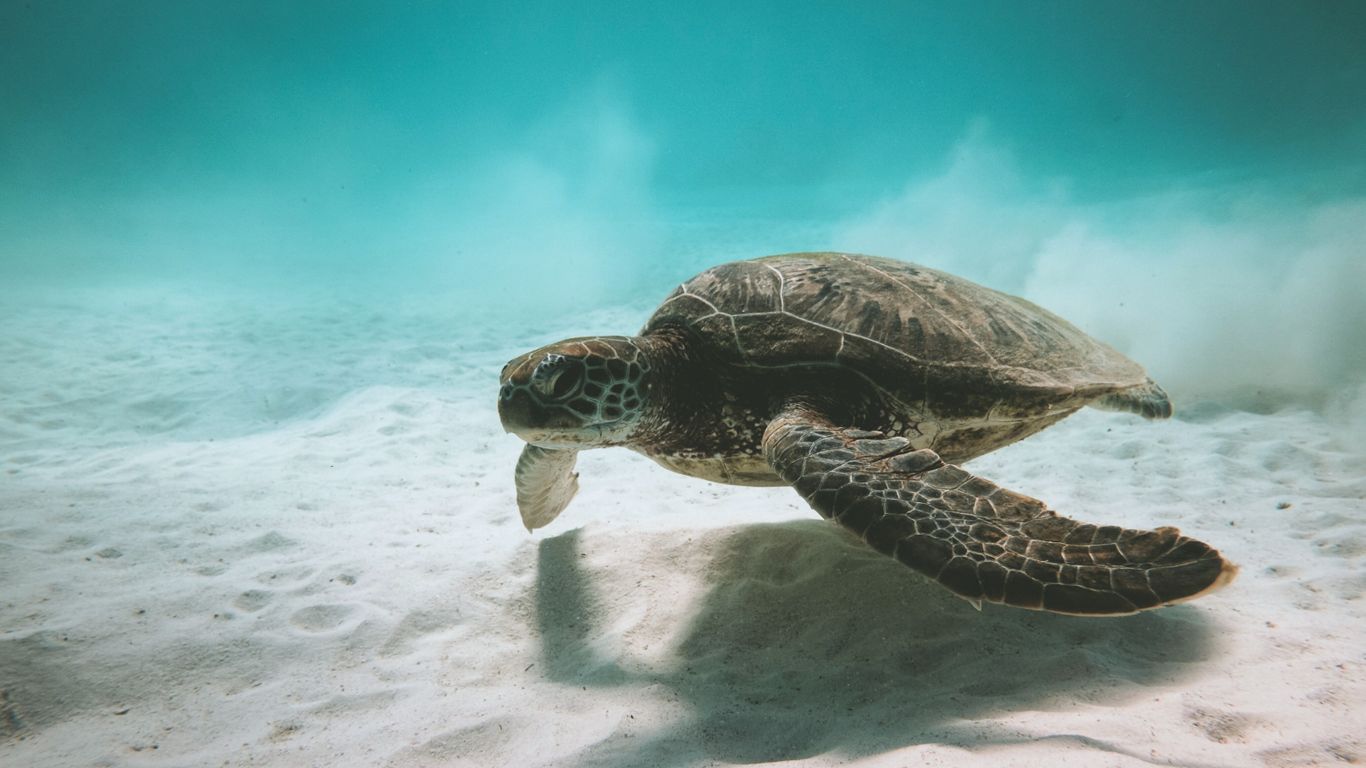
Importance of Sea Turtles in Ecosystems
Sea turtles play a crucial role in maintaining the health and balance of marine ecosystems. Firstly, they contribute to the preservation of seagrass habitats and the control of jellyfish populations. As herbivores, sea turtles graze on seagrass, preventing its overgrowth and promoting the health of seagrass beds. These beds provide essential nursery areas and feeding grounds for a multitude of marine species. Additionally, sea turtles help control jellyfish populations by consuming them, preventing unchecked proliferation. Secondly, sea turtles have a significant impact on marine biodiversity and food webs. Their feeding habits and presence in different habitats influence the abundance and distribution of prey species, thus shaping the dynamics of marine ecosystems. By fulfilling their ecological roles as herbivores and predators, sea turtles contribute to the overall balance and resilience of our oceans.
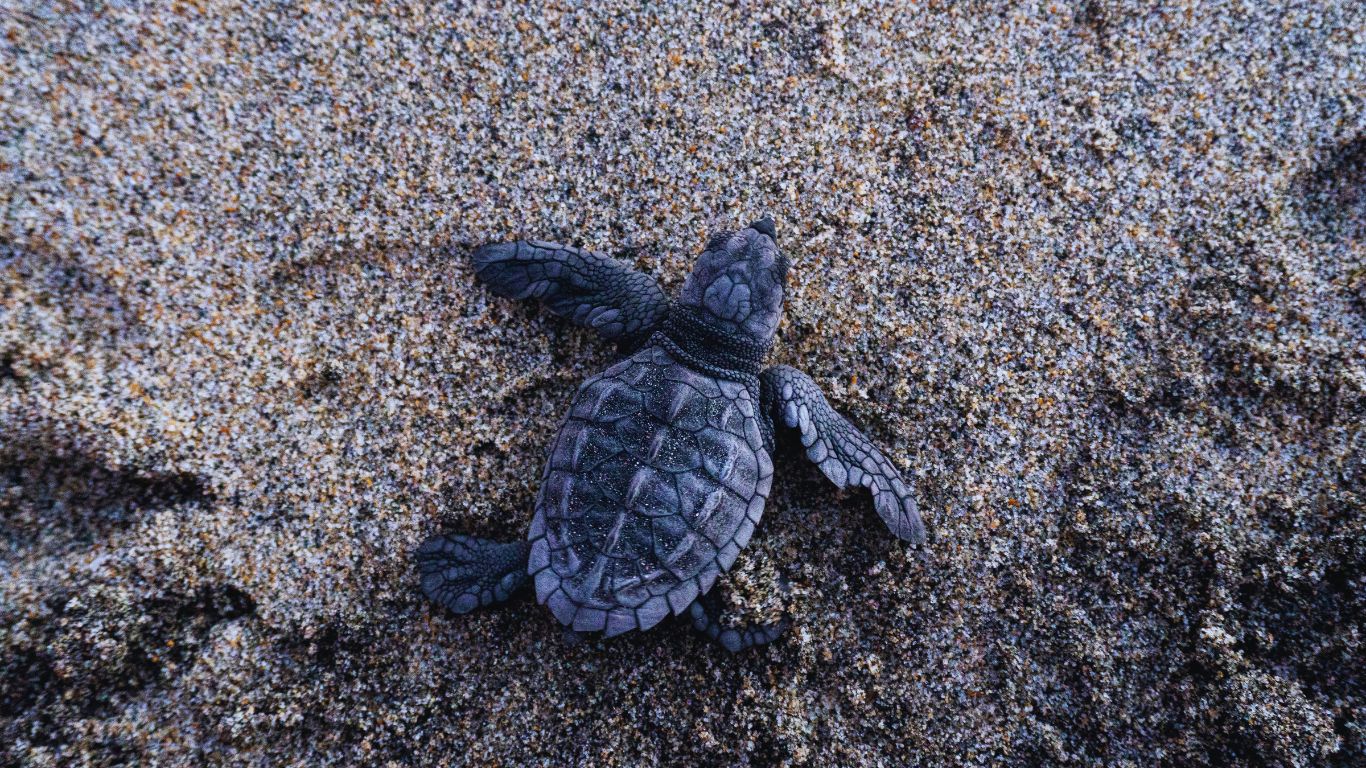
Furthermore, sea turtles have a cascading effect on marine biodiversity and food webs. As both herbivores and predators, they influence the abundance and distribution of their prey species. Their foraging behavior shapes the availability of food resources for other marine organisms, affecting the overall balance of the ecosystem. The presence of sea turtles in different habitats can have far-reaching effects on the structure and dynamics of marine food webs.
Threats to Sea Turtles
Sea turtles face a range of threats that jeopardize their survival and well-being. Habitat destruction and beach pollution, driven by human activities, disrupt their nesting habitats and expose them to harmful pollutants. Climate change and rising sea levels bring about changes in temperature and ocean conditions that can negatively impact their reproductive success and food availability.
Here below are some few threats to sea turtles.
1. Habitat destruction and beach pollution
A. Coastal development and urbanization lead to the destruction and degradation of nesting beaches.
B. Pollution, including plastic debris and chemical pollutants, poses a significant threat to sea turtles.
C. Artificial lighting on beaches can disorient hatchlings, leading them away from the ocean and towards danger.
2. Climate change and rising sea levels
A. Rising temperatures can affect the sex ratios of sea turtle offspring, as their sex is determined by temperature during incubation.
B. Changes in sea temperature and ocean currents can disrupt the distribution of food sources, affecting the availability of prey for sea turtles.
C. Rising sea levels can result in the loss of nesting beaches and coastal habitats, reducing suitable areas for nesting and foraging.
3. Fishing gear entanglement and bycatch
A. Sea turtles are vulnerable to being accidentally caught in fishing gear, such as nets and longlines, intended for other species.
B. Entanglement in fishing gear can lead to injury, suffocation, or drowning for sea turtles.
C. Bycatch, the unintentional capture of sea turtles in fishing operations, can have significant impacts on their populations.
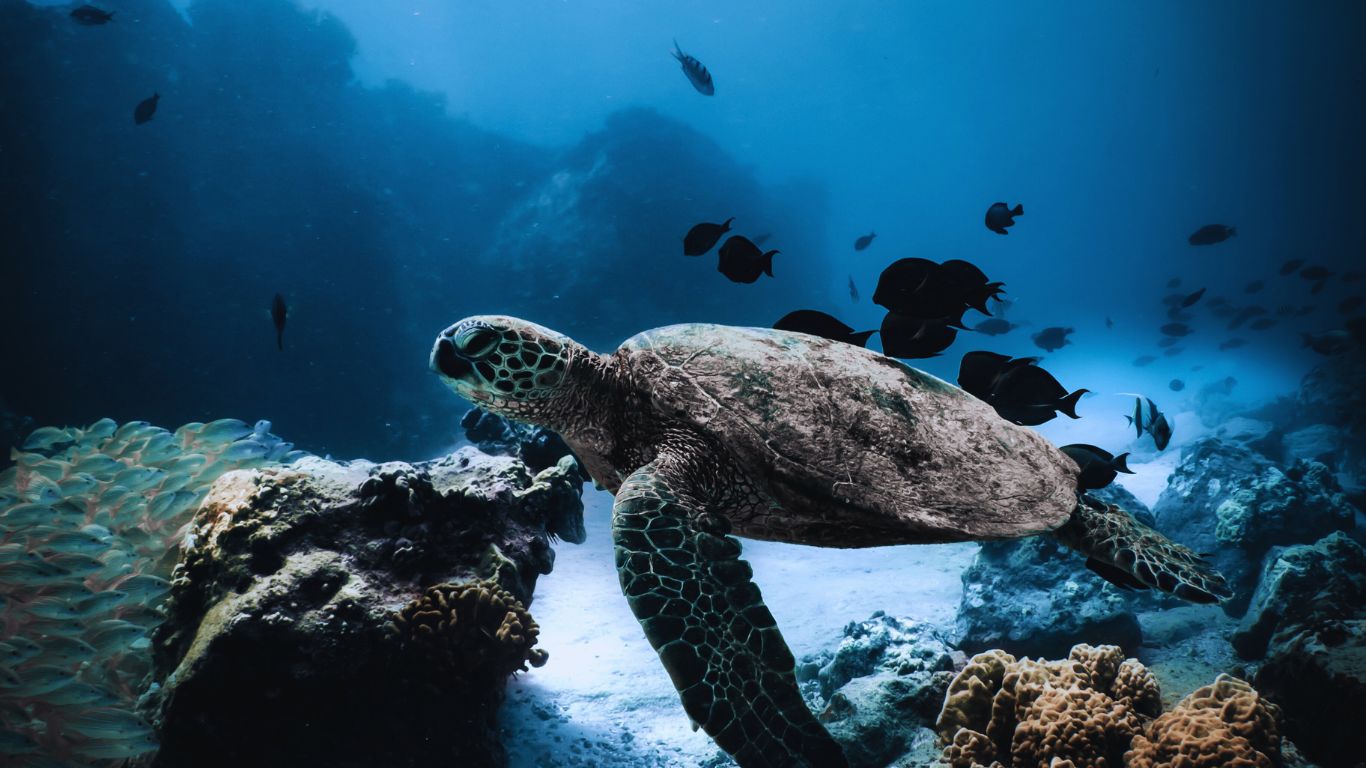
Conservation Efforts
Conservation efforts are essential for the protection and preservation of sea turtles. Establishing protected areas and implementing nesting beach conservation measures help safeguard critical habitats and ensure the successful nesting and hatching of sea turtles.
Here below are few conservation efforts that can be taken to protect sea turtles.
1. Protected areas and nesting beach conservation
A. Establishing protected areas, such as marine reserves and national parks, to safeguard critical habitats for sea turtles.
B. Implementing measures to protect nesting beaches, including regulations to limit human disturbance and ensure the integrity of nesting sites.
C. Conducting monitoring and research to better understand nesting patterns, population dynamics, and migration routes.
2. Sea turtle rehabilitation and rescue centers
A. Establishing dedicated facilities for the rehabilitation and care of injured, sick, or stranded sea turtles.
B. Providing medical treatment, rehabilitation, and necessary support for injured or distressed sea turtles.
C. Promoting public awareness and education about sea turtles and the importance of reporting and assisting in turtle rescues.
3. International agreements and regulations
A. Collaborating through international agreements, such as the Convention on International Trade in Endangered Species of Wild Fauna and Flora (CITES), to protect sea turtles and regulate their trade.
B. Enforcing regulations and laws to combat illegal trade, poaching, and harvesting of sea turtles and their eggs.
C. Promoting cooperation among countries to address transboundary conservation challenges and ensure the conservation of migratory sea turtle populations.
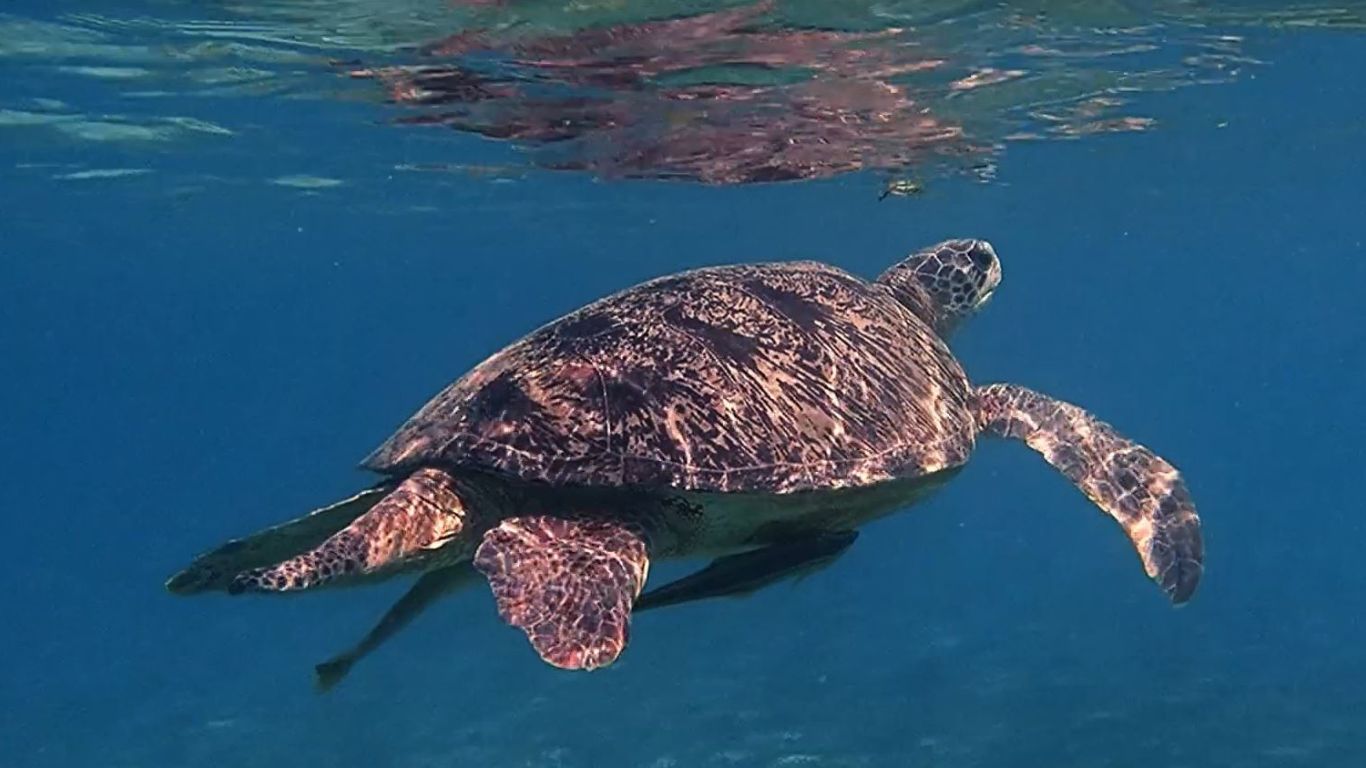
Conclusion
Sea turtles are truly remarkable creatures, inspiring awe and appreciation for their beauty and resilience in our oceans. Their graceful movements through the water captivate our imagination and remind us of the wonders of the natural world. With their ancient lineage dating back millions of years, sea turtles have adapted and thrived in diverse marine environments, showcasing their incredible resilience and ability to navigate vast distances.
The sight of a sea turtle gliding effortlessly through the ocean serves as a reminder of the delicate balance and interconnectedness of marine ecosystems. Their presence enriches the biodiversity of our oceans, playing important roles as both herbivores and predators. They help maintain the health of seagrass beds, control jellyfish populations, and contribute to the stability of marine food webs.
Despite facing numerous threats and challenges, sea turtles persist, demonstrating their tenacity and ability to survive in the face of adversity. Their long migrations, nesting rituals, and unwavering determination to return to their birth beaches to lay eggs are testaments to their resilience and innate instincts.
As we marvel at the beauty of sea turtles, we are reminded of our responsibility to protect and conserve these magnificent creatures. By addressing the threats they face, conserving their habitats, and promoting sustainable practices, we can ensure that future generations can continue to witness the splendor of sea turtles in our oceans. Let us appreciate their beauty and resilience, and work together to safeguard their future, ensuring that they remain a cherished symbol of the extraordinary wonders that exist beneath the waves.
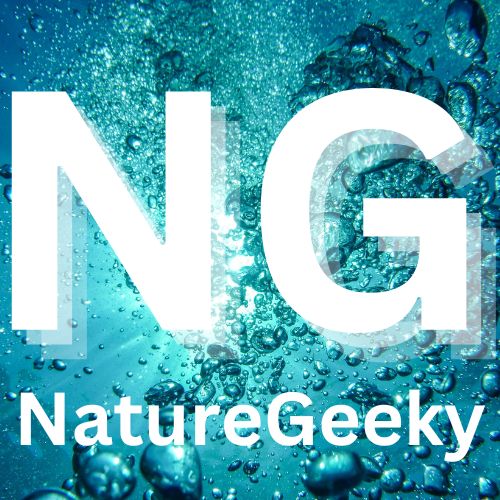
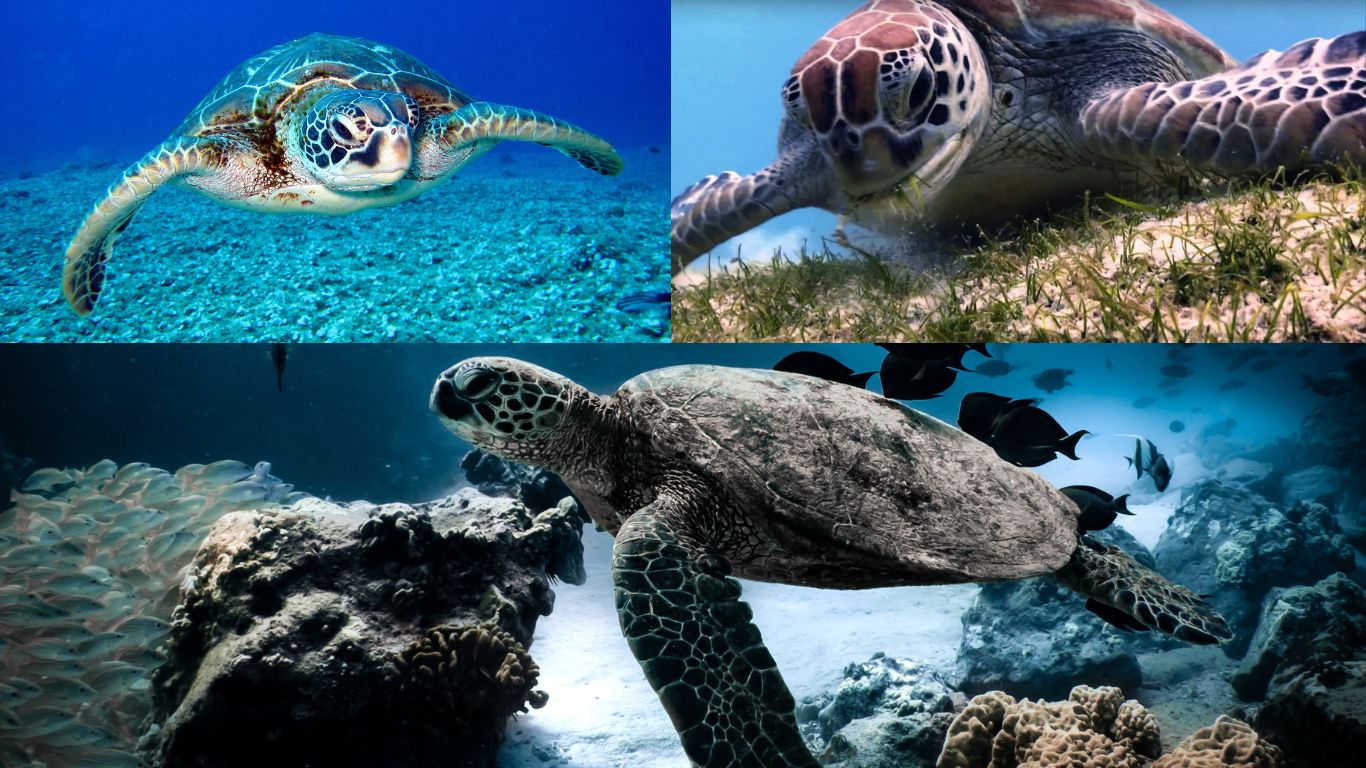
1 thought on “Sea Turtles: The Importance of Preserving their Habitats”